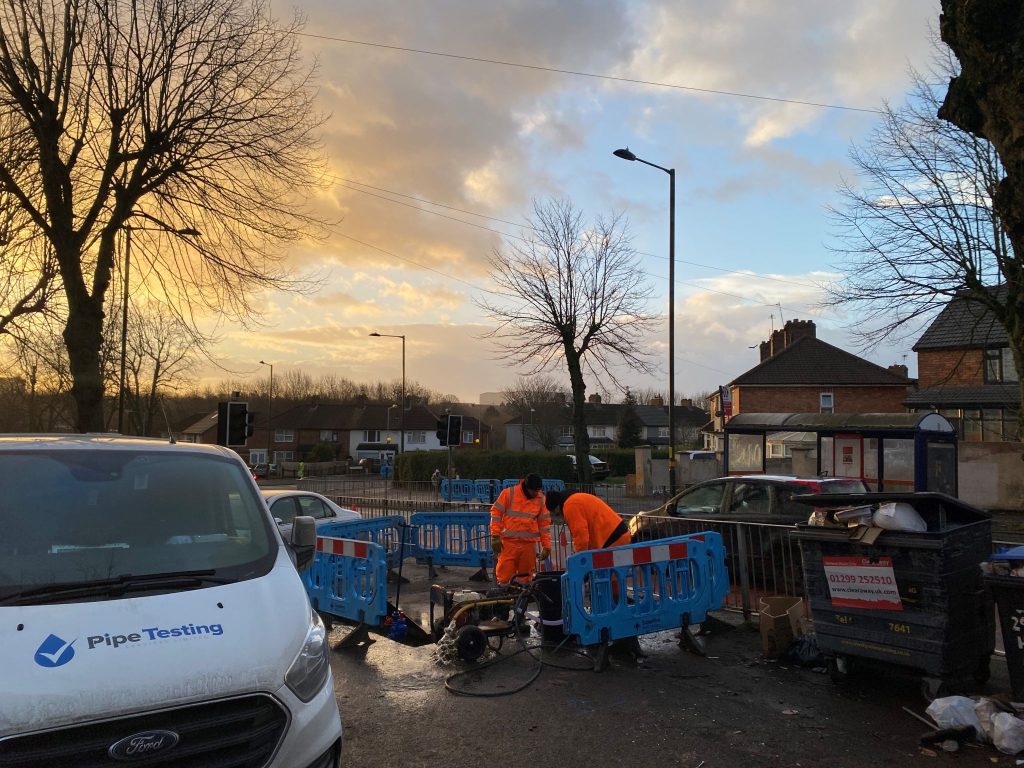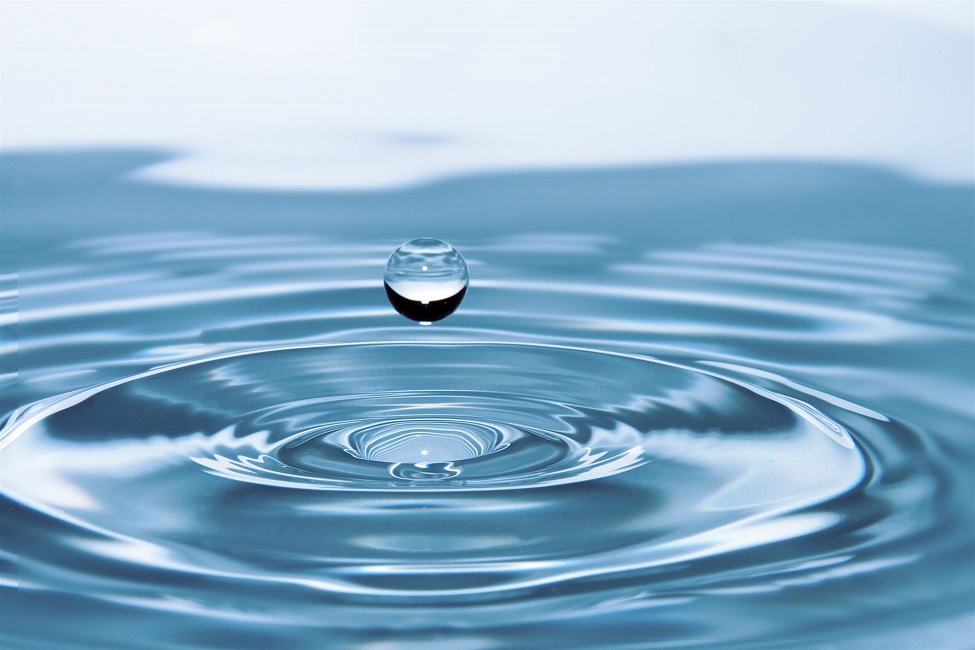Benefits of Flow Monitoring in Water Networks
Flow monitoring is an essential practice for effectively managing and optimising water distribution networks. By accurately measuring and tracking water flow rates and patterns, utilities and water companies can gain valuable insights into the performance of their pipe systems.
This page explores the key benefits of implementing flow monitoring in water networks, with a particular focus on the UK context. Trust us at Pipe Testing Services (PTS) for expert Flow Surveys, and Flow Monitoring.
Leak Detection and Non-Revenue Water Reduction
One of the primary advantages of flow monitoring is its ability to identify areas of high water loss or leakage within the network. By strategically placing flow meters and analysing the data, utilities can pinpoint sections with discrepancies between the water supplied and consumed, indicating potential leaks or unauthorised consumption (non-revenue water).
This information enables targeted leak detection efforts and timely repairs, reducing water wastage and associated costs.
Integrating Flow Monitoring for Residential Properties
By installing flow meters and monitoring water flow rates and patterns, homeowners or property managers can identify potential leaks. Additionally, they can understand excessive consumption and take appropriate measures to address them.
This proactive approach can lead to significant water and cost savings. It minimises the risk of property damage from undetected leaks.

Types of Flow Meters for Water Network Monitoring
Various types of flow meters can be used for water network monitoring, each with its own advantages and suitability for specific applications. Mechanical meters, such as positive displacement meters and turbine meters, are commonly used for their reliability and accuracy.
Electromagnetic meters are well-suited for larger pipe sizes and are not affected by changes in water density or viscosity. Ultrasonic meters are non-invasive and can be installed without disrupting the pipeline, making them ideal for retrofit situations.
Hydraulic Modelling and Network Optimisation
Accurate flow data is essential for creating and calibrating hydraulic models of water distribution systems. These models help utilities understand the hydraulic behaviour of their networks, identify bottlenecks or capacity issues, and optimise the system’s design and operation.
Data is used to validate and refine these models, ensuring they accurately represent real-world conditions and enabling informed decision-making for network upgrades, expansions, or operational adjustments.
Water Balance and Demand Managementon
This type of service provides valuable insights into water demand patterns and consumption trends across different areas or customer types. This information is crucial for effective water balance and demand management strategies. Utilities can identify areas with high or low demand, adjust supply accordingly, and implement targeted conservation measures or infrastructure improvements to meet the specific needs of different regions or customer segments.
Compliance and Regulatory Reporting
In the UK, water companies are subject to various regulations and guidelines set by bodies like the Drinking Water Inspectorate (DWI) and the Environment Agency (EA). The data is often required for compliance reporting, demonstrating adherence to standards related to water quality, leakage levels, and environmental impact.
Accurate flow data ensures utilities can meet their regulatory obligations and avoid potential penalties or fines. That’s why it’s important for you to get in contact with experts like us. At PTS, we can help with flow monitoring, whatever the job – we’ll get it done, and wherever you are, we’ll get to you. PTS operates nationwide across the UK. Don’t hesitate to get in contact for a personalised quote.
Benefits of Flow Monitoring Across Industries
The advantages of flow monitoring extend across various industries and applications, making it an invaluable tool for organisations seeking to optimise their water management strategies and achieve greater operational efficiency.
Industrial and Manufacturing Facilities
- Ensures efficient water usage and minimises waste
- Enables tracking of consumption and leak detection
- Allows implementation of targeted water conservation measures
- Reduces operational costs and environmental impact
- Maintains compliance with environmental regulations
Commercial and Institutional Buildings
- Identifies areas of high water consumption and leaks
- Facilitates implementation of water-saving initiatives
- Achieves significant cost savings
- Contributes to sustainability efforts
Municipalities and Water Utilities
- Essential for effective water distribution network management
- Pinpoints areas of high water loss
- Prioritises infrastructure maintenance and repairs
- Optimises water distribution to meet demand efficiently
- Reduces non-revenue water loss and ensures reliable supply
Agriculture and Irrigation Systems
- Optimises irrigation systems for efficient water usage
- Identifies areas of excessive consumption and leaks
- Allows adjustment of irrigation schedules and techniques
- Leads to significant water savings and reduced operational costs
- Improves crop yields
Environmental Monitoring and Remediation
- Provides accurate measurement of water flow rates and patterns
- Enables better understanding of hydrological systems
- Tracks movement of contaminants
- Supports design of effective remediation strategies
- Crucial for protecting natural resources and regulatory compliance
Residential and Facility Management
- Identifies household leaks and tracks consumption patterns
- Facilitates implementation of water-saving measures
- Reduces utility costs for homeowners and property managers
- Contributes to overall water conservation efforts
By leveraging the benefits of flow monitoring across these diverse industries and applications, organisations can make informed decisions, optimise their water management practices, and contribute to sustainable water resource management.
Flow Monitoring (FAQs)
How often should flow monitoring be conducted in water networks?
The frequency of flow monitoring depends on various factors, including the size and complexity of the water network, the age of the infrastructure, and the level of risk associated with water loss or leakage. Generally, it is recommended to conduct regular monitoring, with intervals ranging from continuous monitoring to monthly or quarterly checks, depending on the specific circumstances.
What are the typical costs associated with implementing a flow monitoring program?
The costs associated with implementing a flow monitoring program can vary depending on factors such as the size of the water network, the number of flow meters required, the type of metering technology used, and the data management and analysis systems implemented. Initial costs may include equipment purchases, installation, and system integration, while ongoing costs may include maintenance, data management, and personnel training.
How does flow monitoring contribute to water conservation efforts?
Flow monitoring plays a crucial role in water conservation efforts by identifying areas of high water loss or excessive consumption. By pinpointing these areas, utilities can implement targeted conservation measures, such as leak repairs, infrastructure upgrades, or educational campaigns, to reduce water wastage and promote more efficient water use.
Can flow monitoring data be integrated with smart metering systems?
Yes, flow monitoring data can be integrated with smart metering systems, which provide real-time consumption data for individual customers or properties. This integration allows utilities to analyse both network-level and customer-level data, enabling more comprehensive water demand management and conservation strategies.
How does flow monitoring data integrate with other water management systems?
Flow monitoring data can be integrated with various other water management systems, such as Supervisory Control and Data Acquisition (SCADA) systems, Geographic Information Systems (GIS), and asset management software. This integration allows for a more comprehensive understanding of the water network’s performance, enabling better decision-making and optimisation.
Contact Pipe Testing Services for Flow Monitoring Services Today
At Pipe Testing Services (PTS), we take immense pride in our expertise and experience in providing flow monitoring services for water networks. Our team of highly qualified professionals possesses a wealth of knowledge and certifications, ensuring that we consistently deliver outstanding results that exceed our clients’ expectations.
Our comprehensive range of services encompasses everything from conducting flow monitoring surveys to interpreting data, identifying leaks, optimising network performance, and ensuring compliance with all relevant regulations. Whether you require guidance on implementing a flow monitoring program, addressing water loss issues, or optimising your water distribution system, we have the resources and expertise to tailor our solutions to your unique needs.
To discuss your requirements or schedule a consultation, please contact us at:
Phone – 01922 451646
Email – enquiries@pipetestingservices.co.uk
Address – Unit 27 Birchbrook Industrial Estate, Shenstone, Lichfield, Staffs, WS14 0DJ
We look forward to the opportunity to collaborate with you and provide you with the peace of mind that comes from working with a team of industry-leading professionals dedicated to ensuring the efficiency and effectiveness of your water networks.

